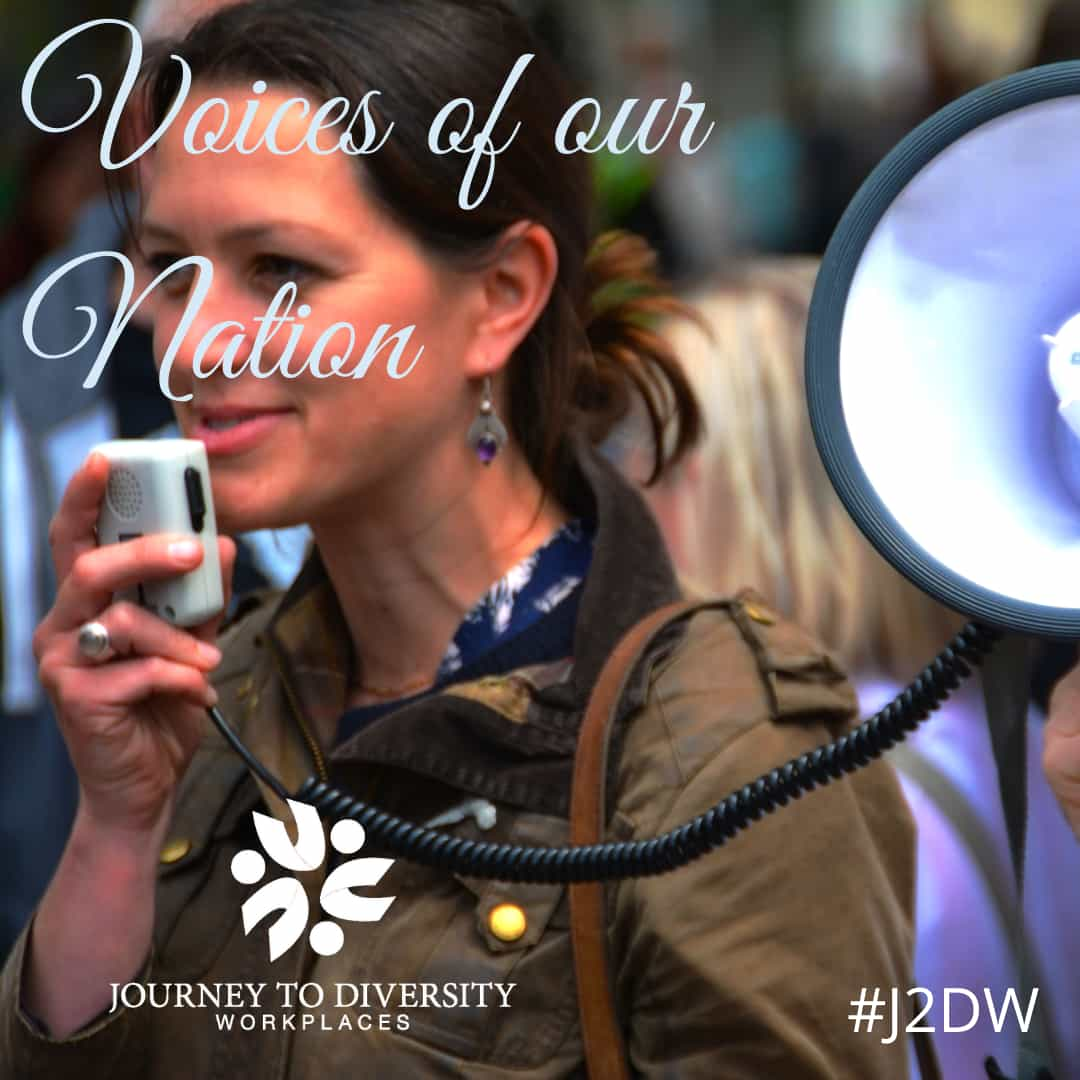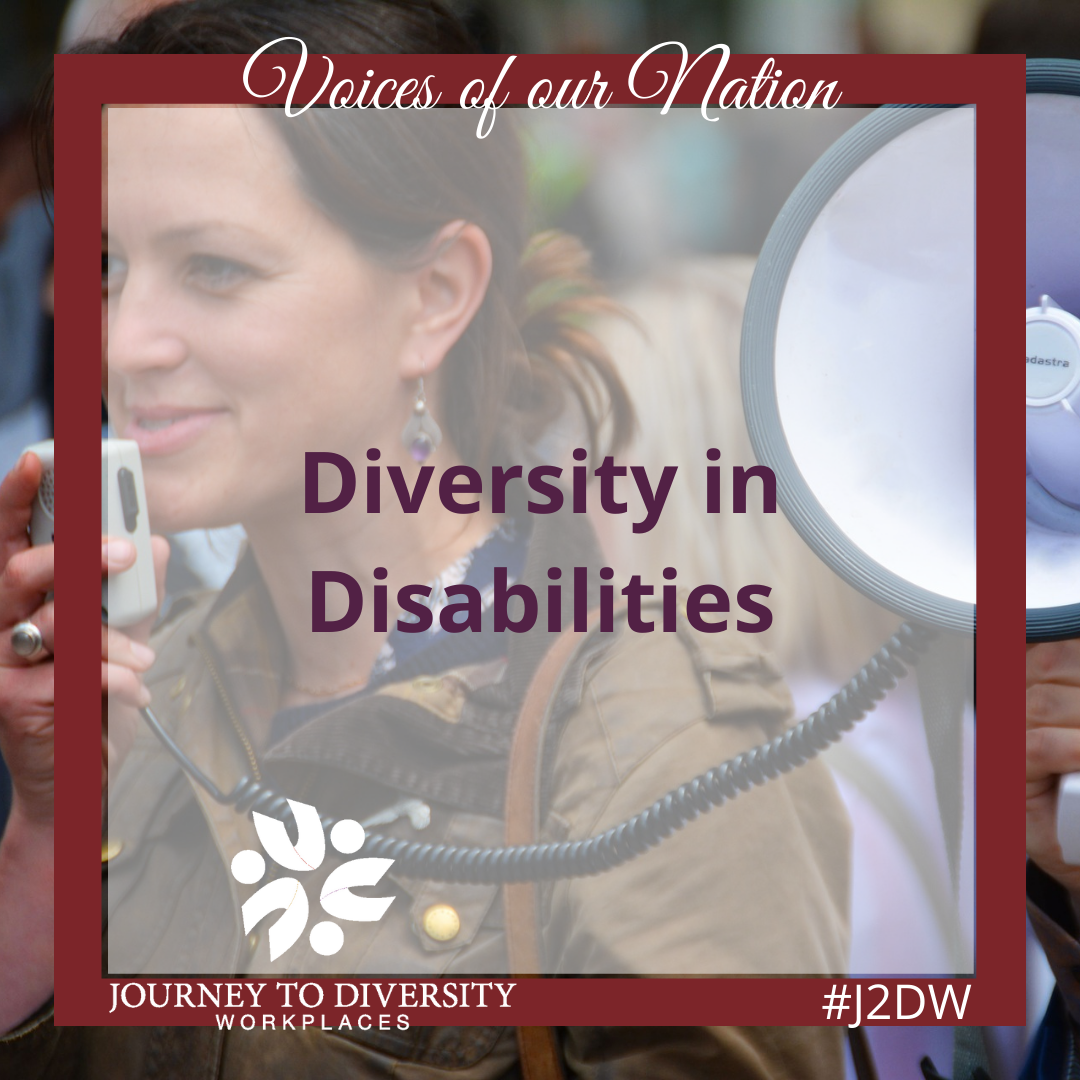The Ontario government enacted the Accessibility for Ontarians with Disabilities Act in 2005, which set out a clear goal to make Ontario accessible by 2025. The Accessibility for Ontarians with Disabilities Act, or AODA, aims to identify, remove, and prevent barriers for people with disabilities. A barrier is a circumstance or obstacle that keeps people apart. Barriers can take many forms including attitudinal, communication, physical, policy, programmatic, social, and transportation. Standards are the laws that individuals, governments, businesses, non-profits, and public sector organizations must follow in order to become more accessible. A disability is a physical or mental condition that limits a person’s movements, senses, or activities.
The accessibility standards contain a timeline for the implementation of required measures. The standards also help organizations to identify, remove, and prevent barriers in order to improve accessibility for people with disabilities. This act lays the framework for the development of province-wide mandatory standards on accessibility in all areas of daily life. The start of a new year brings new AODA regulations for 2017. Under the AODA, employees include full-time, part time, seasonal, and contract workers that are being paid wages.
There are AODA requirements already in place, but Ontario workplaces must comply to additional requirements as of January 1st, 2017. An accessibility compliance report confirms that a workplace has met the current accessibility requirements for the AODA. If a workplace does not complete an accessibility compliance report, the business could receive severe punishments which can include substantial financial penalties. Small businesses, consisting of one to nineteen employees, must make public information accessible when asked. These small businesses must make public employment practices accessible, including workplace hiring policies along with retaining and providing career development opportunities to employees. This would include adding a notification in job advertisements and on job postings. Small businesses, consisting of twenty to forty-nine employees, are required to file an Accessibility Compliance Report, before the December 31, 2017 deadline in addition to the requirements to make public employment practices accessible, including workplace hiring policies along with retaining and providing career development opportunities to employees. Large businesses, of fifty or more employees, must make new or redeveloped public spaces accessible, including parking lots, public outdoor paths of travel, service counters, fixed waiting lines and waiting areas with fixed seating. Large businesses are required to also submit an Accessibility Compliance Report by December 31, 2017.
Everyone can benefit when more people with disabilities have access to places, people, and experiences. Ontario benefits daily from the many contributions made by people with disabilities. Improving accessibility is the right thing to do. It’s also the smart thing to do. People with disabilities have an estimated spending power of about $25 billion annually across Canada. People with disabilities also represent a large pool of untapped employment potential. When Ontario becomes more accessible to people with disabilities everyone benefits. Greater accessibility will also continue to assist Ontario preparing for the future. As the Canadian population ages, the number of people with disabilities will increase. Seniors and people with disabilities are projected to represent twenty to twenty-five percent of the Canadian recreation, retail, entertainment, workplace and housing marketplaces in the next ten years and beyond.
The AODA is made up of five standards with a standard covering an aspect of daily living. These standards are the customer service, employment, design of public spaces, transportation, information and communication standards. The AODA standards are part of the Integrated Accessibility Standards Regulation. The IASR covers accessibility standards in information and communication, employment, transportation and built environment. There are specific deadlines for compliance that will range from 2010 to 2021. AODA standards change annually in an effort to make Ontario more accessible, and additional requirements will be coming in 2018. Organizations are still required to accommodate employees with disabilities to the point of undue hardship. Independent contractors are not employees, but their work under a workplace must also be AODA compliant and you may need to train them in the standards. The AODA’s broadest workplace requirements had only applied to large organizations. However, in 2017, the AODA will now require smaller organizations of up to fifty employees to implement a new set of standards.
The customer service standard is intended to make an organization’s customer service operations accessible to disabled people. Accessible customer service is about understanding that people with disabilities may have different needs while implementing the best way to help them access goods and services. The Accessibility Standard for Customer Service applies to all organizations that provide goods or services either directly to the public or to other organizations in Ontario and that have one or more employees in Ontario.
The design of public spaces standard covers a variety of public spaces such as exterior sidewalks and walkways, entrances to buildings, outdoor public eating areas and play spaces, accessible parking, waiting areas, and service counters. These standards sets requirements for specific features of public structures that allow for easier access for disabled persons. Considering the needs of disabled people is important from the earliest stages of designing, planning, and constructing public buildings to ensure that Ontario is more accessible for everyone. The built environment standard for public spaces only applies to new construction and planned redevelopments. Accessible public spaces will make it easier for people with disabilities to move through and use the environment.
The transportation standard requires transportation services to prevent and remove barriers so that people with disabilities can more easily access transportation services across the province. Requirements for accessible transportation apply to organizations that offer transportation services to the public or to employees. Organizations providing transportation services are required to establish, implement, maintain, and document accessibility training policies or procedures that are specific to transportation-related duties concerning disabled people.
The information and communication standard helps people with disabilities access sources of information that many of us rely on every day. The main goal of this standard is to promote an inclusive design of information and communication platforms. The information and communication standard specifies requirements to prevent and remove barriers to persons with disabilities when creating, conveying, distributing, obtaining and receiving various information or communication by organizations.
The employment standard requires an organization that is an employer to engage in the identification, removal, and prevention of barriers hindering the full participation in employment of persons with disabilities. The purpose of the employment standard is to integrate accessibility into regular workplace process. The employment standard also requires that an organization have policies and procedures for establishing individual accommodation plans where barriers cannot be removed and shifts the responsibility from the individual, who needs the accommodation, to the person who provides it. This standard should be implemented to ensure that employers provide for accessibility across all stages of the employment cycle.
The AODA requires every employer and employee in Ontario to take training on the AODA and the Ontario Human Rights Code. Accessibility Ontario offers AODA training in many different formats and can also customize training to meet the specific training needs of a workplace. The Ontario Human Rights Code took effect in 1962, and it was the first Human Rights Code of its kind in Canada. This code prohibits actions that discriminate against people based on a protected ground in a protected social area. This law, in Ontario, gives all people equal rights and opportunities without discrimination in specific areas. The Human Rights Code prohibits discrimination on grounds of race, ancestry, place of origin, color, ethnic origin, citizenship, creed, sex, sexual orientation, gender identity, gender expression, age and marital status, family status, disability, public assistance for housing, reprisal, and association. The Code is divided into an introductory section, or “preamble,” followed by seven parts.
Workplaces must be compliant with the AODA standards and new regulations for 2017. Ontario should be a place where everyone has a chance to be successful. An improvement in the accessibility of workplaces could create more job opportunities for disabled people which would significantly benefit Ontario workplaces. Training can be implemented that will allow workplaces to understand these standards. Canada will benefit if everyone has access to places, people, and experiences.
Sources:
Access Ontario
Canadian Society of Association Executives
Employment and Human Rights Law in Canada
Royal Bank of Canada
Statistics Canada
This article was contributed by volunteer blogger Shan Simpson














